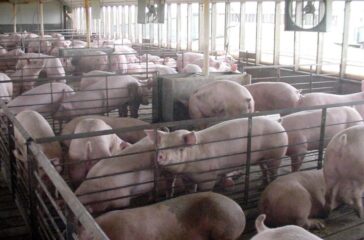New report sparks questions and controversy over possible causes for Iowa “cancer crisis”
By Keith Schneider
Amid increasing scrutiny of a potential link between Iowa farm chemicals and cancer, a new report is generating controversy as it blames rising cancer rates not on the toxins used widely throughout the state, but on something else entirely: binge alcohol consumption.
The Iowa Cancer Registry, a health research group housed at the University of Iowa, reported on February 20 that Iowa has the second-highest and fastest-rising incidence of cancer among all states. An estimated 21,000 new cancer cases are expected to develop this year and 6,100 Iowans will die from cancer, Iowa Cancer Registry Director Mary Charlton said in announcing the new report. Iowa, she said, has the highest rate of binge drinking in the Midwest with 22% of residents reporting binge drinking, more than the national average of 17%. Overall, Iowa has the 4th highest incidence of alcohol-related cancers in the US, according to the report.
“Alcohol is a known carcinogen and a risk factor for several cancers including oral cavity, pharynx, larynx, esophagus, rectum, liver, and female breast cancers,” Charlton said in a news conference.
The assessment has drawn questions and sparked doubts, however, from state leaders and health and environment researchers who have been calling for a probe into just how much the state’s agricultural industry may be contributing to the spread of disease.
“Is alcohol responsible for the increase in cancer incidence here since 2014? I personally doubt that,” said James Merchant, a retired professor of occupational and environmental health, and former dean of the University of Iowa College of Public Health.
“What needs to be looked at are things that are probable or possible carcinogens that have increased beginning about 1990, because of the well-recognized latency of environmental cancers,” Merchants said. “Those carcinogens associated with industrial agriculture are the ones that really need to be looked at very closely.”
 EWG
EWG